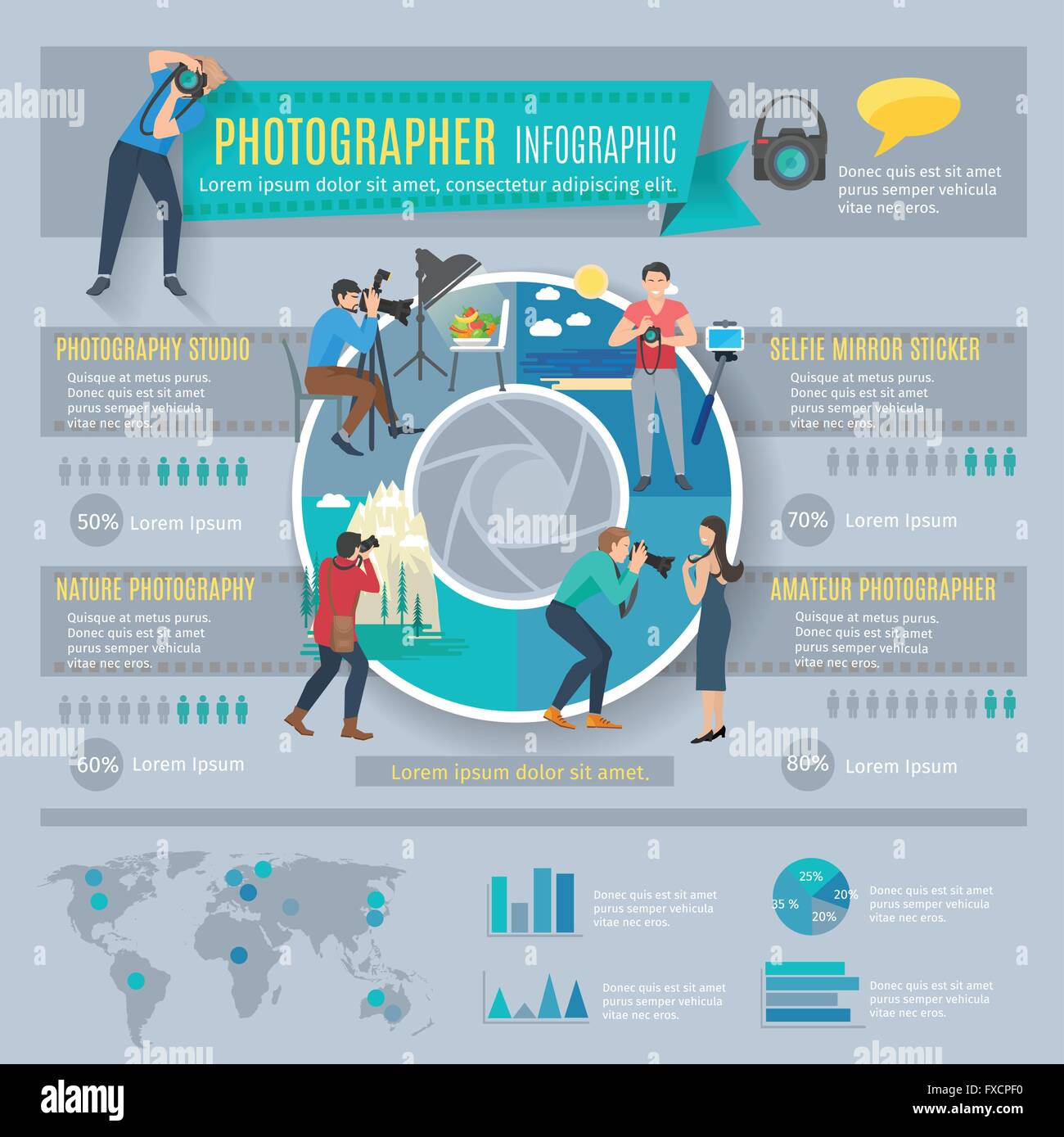Digital Photography Tips For Beginners: Understanding Your Electronic Camera In A Snap
Digital Photography Tips For Beginners: Understanding Your Electronic Camera In A Snap
Blog Article
Authored By-Lyons Kaas
When you first pick up your electronic camera, it can feel frustrating with all the setups and alternatives offered. You may find yourself wondering just how to navigate aperture, shutter speed, and ISO successfully. Mastering these basics is essential, however there's even more to digital photography than simply technical knowledge. Comprehending make-up strategies and lights problems can raise your images drastically. So, what happens if https://squareblogs.net/corrina0wilbur/achieve-a-standout-photography-portfolio-by-mastering-unique-style-and could learn straightforward strategies to enhance your abilities and start catching remarkable pictures earlier than you believe? Allow's discover just how to change your digital photography trip.
Recognizing Video Camera Settings
Comprehending your electronic camera settings is critical for capturing stunning photos. When you get your video camera, acquaint on your own with the 3 major settings: aperture, shutter speed, and ISO. Each plays a vital duty in how your pictures turn out.
Begin with aperture, which regulates the amount of light going into the lens. A broader aperture (reduced f-number) lets in much more light and creates a stunning background blur, excellent for pictures. On the other hand, a narrower aperture (higher f-number) keeps even more of the scene in focus, suitable for landscapes.
Next off, focus on shutter speed. This setting figures out the length of time your cam's sensing unit is subjected to light. A quick shutter speed freezes activity, which is fantastic for action shots, while a sluggish shutter rate can produce sensational impacts like smooth water in landscapes.
Last but not least, change your ISO. https://hyperallergic.com/494577/photographer-nydia-blas-and-her-black-feminine-lens/ affects your video camera's level of sensitivity to light. A greater ISO works in low-light circumstances however can present sound or grain. Go for the most affordable ISO possible while still accomplishing proper direct exposure.
Structure Techniques
When you're out capturing, composition can make all the distinction in exactly how your pictures resonate with customers. Start by utilizing the guideline of thirds; imagine your framework separated right into nine equivalent areas with two straight and 2 vertical lines. Setting crucial elements along these lines or at their intersections to produce equilibrium and passion.
Next, think about leading lines. These natural lines in your scene, like roadways or rivers, draw the viewer's eye right into the photograph, guiding them via the story you're informing.
Do not forget about framing; use elements within your scene, like trees or windows, to produce a framework around your topic, adding depth and focus.
Also, keep an eye on your history. A chaotic history can distract from your major topic, while a simple one aids it stick out.
Lastly, explore proportion and patterns; they can produce a striking photo that records focus.
Mastering Illumination Issues
Mastering lights problems is important for recording spectacular photographs, as the ideal light can change a normal scene into something remarkable.
Beginning by observing natural light at different times of the day. Early mornings and late afternoons supply the very best light, known as the gold hour. The soft, warm tones during these times can improve your images perfectly.
Do not avoid overcast days either; diffused light can lessen extreme darkness and develop a pleasing impact, specifically for portraits.
Explore backlighting by placing your subject against the source of light. This technique can create a fanciful halo result and include deepness to your images.
Take notice of your electronic camera settings too. Change the ISO, aperture, and shutter speed to fit the illumination conditions. A greater ISO can assist in low light, yet be cautious of grain.
Use a tripod in darker atmospheres to stay clear of blur.
Finally, do not forget man-made lights. Flash and constant lights can be wonderful devices for controlling light in difficult conditions.
Conclusion
In conclusion, grasping your camera doesn't need to be overwhelming. By comprehending your settings, applying structure strategies, and using the power of natural light, you'll swiftly raise your photography skills. Remember, exercise makes best, so go out there and explore your newfound expertise. With Outside portrait and devotion, you'll be recording magnificent photos that show your unique point of view. Take pleasure in the trip, and don't neglect to have fun while you go to it!
